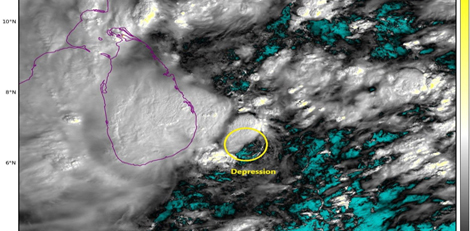Indoor allergens are as harmful to children with respiratory disease, says report
Posted on: 02/Nov/2016 3:10:38 PM

A new report from the American Academy of Pediatrics has advised that children with the respiratory disease shouldn’t breathe indoor air that’s contaminated by pollutants and allergens known to aggravate their symptoms. The report was published in the journal Pediatrics, and was conducted by researchers at Johns Hopkins University in Baltimore.
According to the report, Reducing exposure to things like second-hand cigarette smoke, dust mites and furry pets may be as effective as medications at controlling asthma. Children may be particularly vulnerable to indoor environmental allergens and pollutants because their airways are still developing and because they may spend more time on the floor in closer contact to these irritants than adults.
Speaking about this, the researchers said, Exposure to indoor allergens, such as furry pet allergens, mice and cockroaches, and mold, are linked to more severe asthma. Children exposed to the things to which they are allergic may require a higher dose of daily asthma medication and have exacerbations more frequently. Once these exposures are removed, children typically have a marked improvement in their asthma.
The report says, Asthma is one of the most common chronic childhood illnesses, affecting as many as 10 percent of U.S. children. Up to about two-thirds of children with persistent asthma are allergic to cats and dogs. Cockroaches and rodents may be an even bigger issue, however. While second-hand tobacco smoke exposure is a known problem, parents and caregivers also need to keep in mind that fumes and fine particles from gas ranges, wood stoves or fireplaces can be an irritant for some kids with asthma.
In addition, chemicals found in household cleaners and air fresheners can be respiratory irritants and trigger asthma symptoms. Blood tests can help identify specific triggers for children with asthma and point parents in the right direction to remove irritants from the home.







